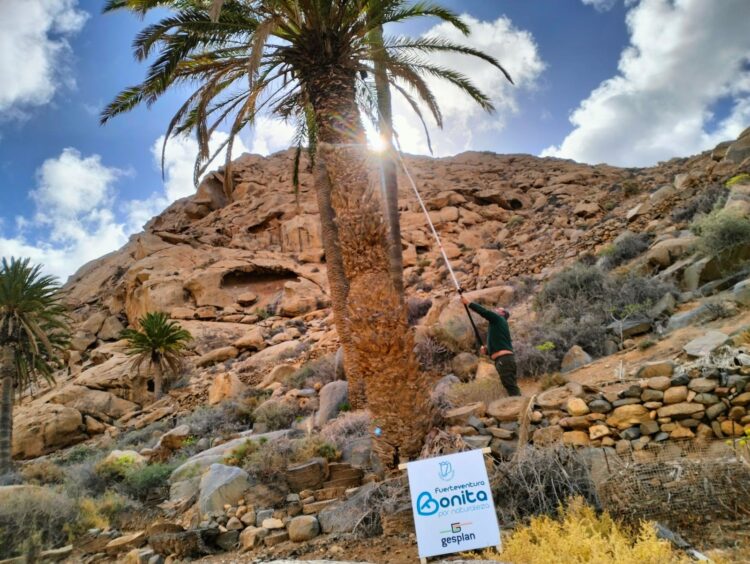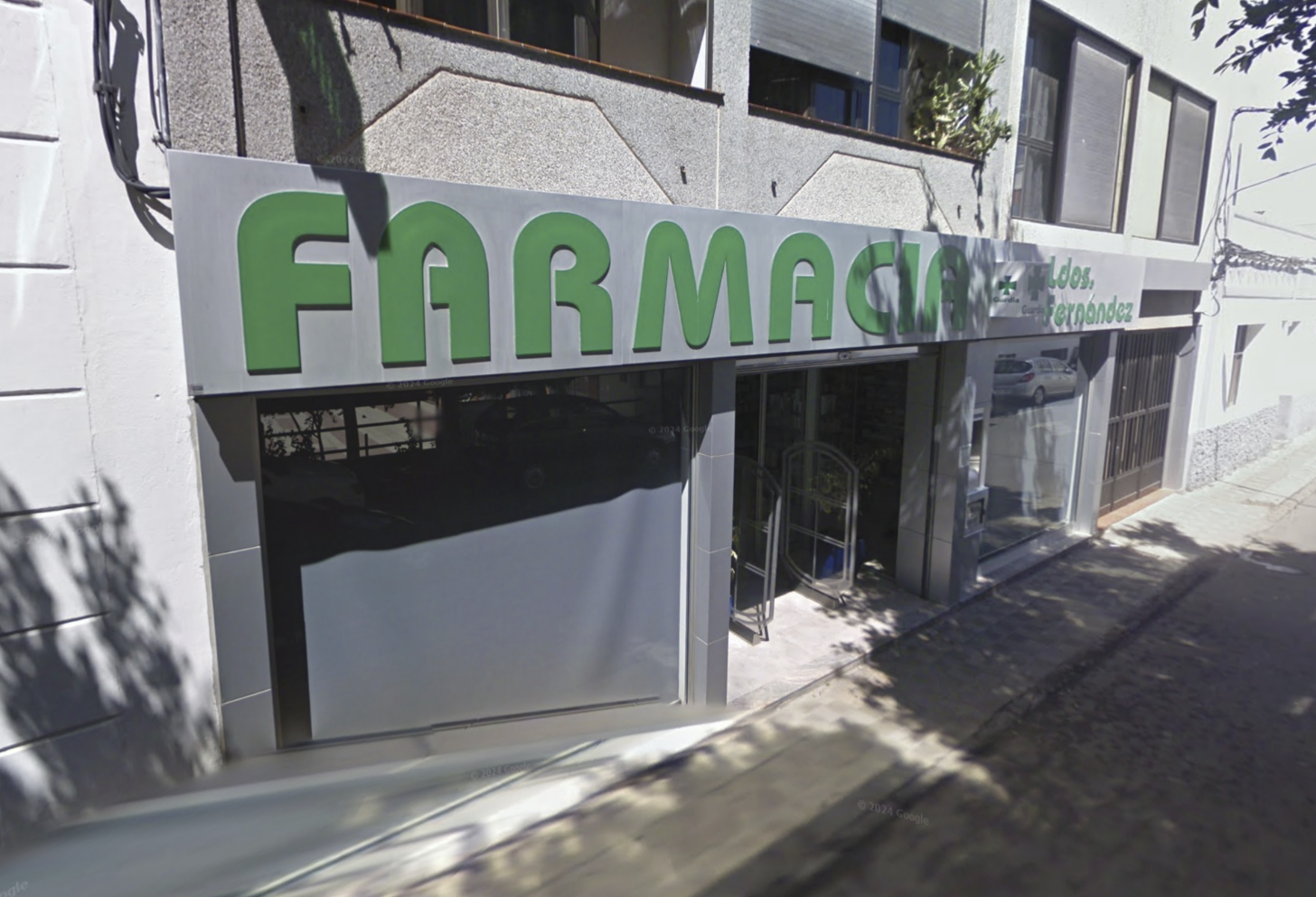The pilot monitoring conducted by ‘Fuerteventura, beautiful by nature’ with 20 devices since March is positive in two palm trees.
The pilot monitoring of the palm groves of Ajuy, Madre del Agua, Pájara and Buen Paso carried out by the Cabildo of Fuerteventura, from the Service of Works and Machinery, through the program ‘Fuerteventura, beautiful by nature’, has confirmed the presence of the invasive insect Diocalandra frumenti in several specimens of Ajuy. In other locations has not been detected.
For the island’s president, Lola García, “it is essential to promote actions that help determine the extent of damage to such an important species for the island.
The Councilor for Works and Machinery, Blas Acosta, points out that “with these data we know the reality of the problem and its area of expansion, so there are no excuses to take corrective measures to prevent the spread” to other populations of palm trees.
It should be recalled that on other islands, such as Lanzarote, the presence of Diocalandra frumenti has led the Department of Ecological Transition of the Canary Islands Government to become involved with a 4 million euro Control and Eradication Plan.
The pilot action initiated in March by the Cabildo through its program ‘Fuerteventura, beautiful by nature’ aimed to certify, with scientific data, the health status of the palm groves that are part of the Betancuria Rural Park and are included in the Special Area of Conservation (SAC) and the Special Protection Area for Birds (SPA), in the municipalities of Pájara and Betancuria.
While the traps in the palm groves of Madre del Agua, Pájara and Buen Paso did not catch any Diocalandra frumenti, two of the traps installed in Ajuy caught about twenty of these insects, which are very harmful to Canary Island palm trees and capable of wiping out entire populations.
The monitoring consisted of the installation of 20 Palm Rocket Tramp type traps, reinforced with registered pheromones. At a rate of five devices per location, telescopic poles and forestry ladders were used for their installation, thus avoiding damage to the palm trees caused by the ‘trepolines’.













